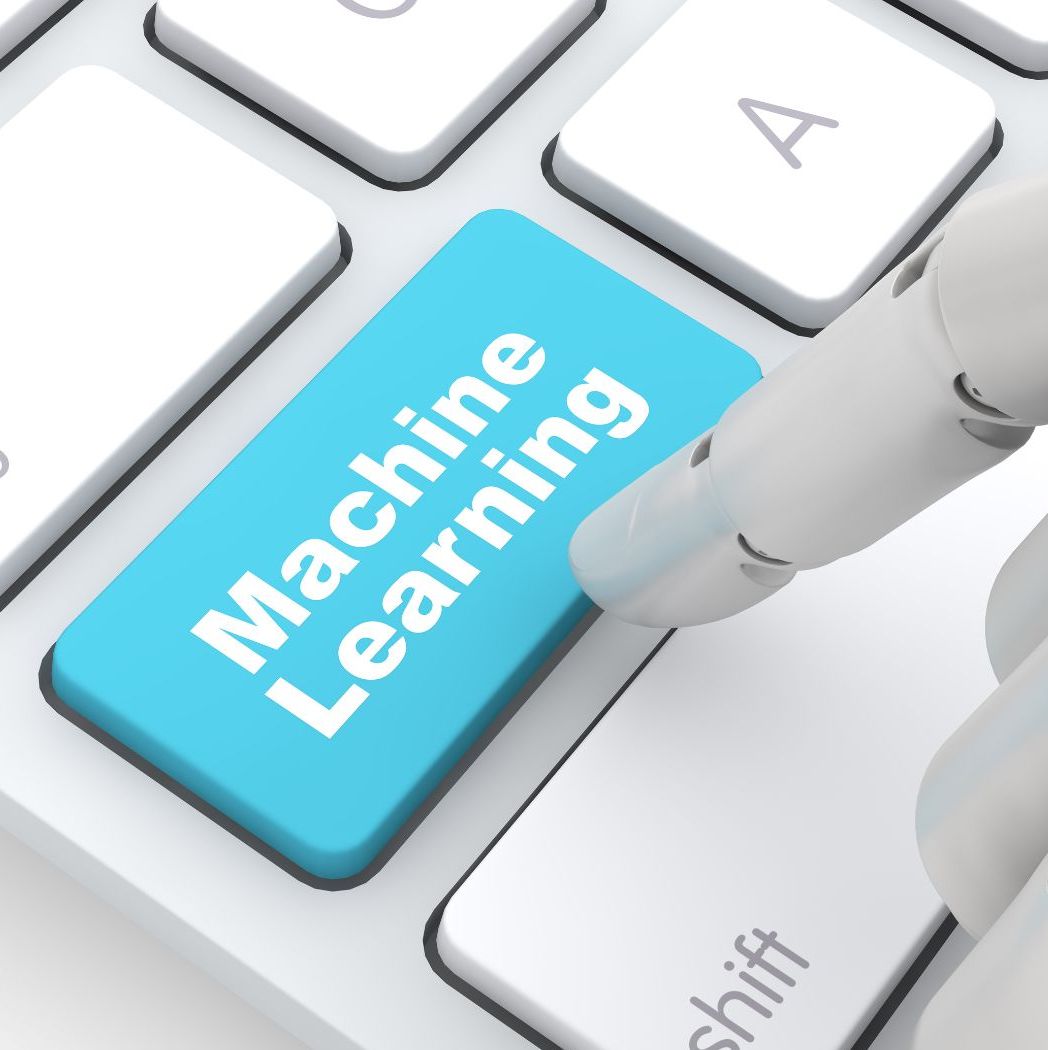Human Transcription Service vs. Machine: 10 Key Considerations
Human vs. Machine: The Accuracy vs. Speed Dilemma in Transcription Services
In an era where information is king, the ability to convert spoken words into accurate text records is invaluable. This leads us to an essential question in transcription services: should one opt for human transcription service or machine transcription? This decision carries significant weight, especially for researchers, health practitioners, legal professionals, journalists, podcasters, human resource managers, and many others relying on precise and swift transcription of their audio or video recordings. The dilemma between human vs machine transcription revolves around two crucial factors: accuracy and speed. This short article delves into these aspects, offering key insights and considerations to make an informed choice.
10 Key Aspects To Consider – Human vs Machine
#1 Accuracy of Transcription
The accuracy of transcription is paramount in many professional fields, where the slightest error can lead to significant misunderstandings or misinterpretations. Human transcription services excel in providing high accuracy rates, particularly in challenging scenarios involving complex terminology or poor audio quality.

Human transcribers possess the unique ability to understand contextual cues, manage various accents, and accurately transcribe even when there is overlapping speech. This human element allows for a deeper comprehension of the material, ensuring that the transcription is not only word-perfect but also captures the intended meaning and nuances of the original recording.
In contrast, machine transcription often struggles with these complexities. While technology has advanced, it still falls short in accurately interpreting nuances, especially in recordings with poor sound quality, heavy accents, or technical jargon. For instance, in a medical lecture or a legal proceeding, where every word can carry significant weight, the precision offered by human transcriptionists is invaluable. They can discern subtle differences in terminology, which might be critical in these contexts. This level of detail and accuracy is crucial for professionals who rely on transcripts for accurate record-keeping, research, or legal documentation.
#2 Turnaround Time
Speed is a critical factor in today’s fast-paced world, and machine transcription services are unbeatable in this regard. They provide almost instantaneous results, which is a significant advantage when time is of the essence. For journalists on tight deadlines or businesses that require quick turnaround, machine transcription can be an invaluable tool. This efficiency, however, often comes at the cost of accuracy. In scenarios where there is background noise, multiple speakers, or poor audio quality, the accuracy of machine transcription can significantly diminish.
The trade-off between speed and accuracy is a key consideration in choosing between human and machine transcription services. For projects where the turnaround time is crucial, but the content is not overly complex or jargon-heavy, machine transcription might be the preferable option. However, for tasks where accuracy cannot be compromised, such as in legal depositions or medical research interviews, the slower yet more precise human transcription services would be more appropriate.
# 3 Cost Considerations
Cost is a critical factor in the decision-making process for transcription services. At first glance, machine transcription appears more cost-effective due to its automated nature and quick turnaround times. It’s an attractive option for those with budget constraints or for projects where the volume of transcription work is high. However, it’s essential to consider the long-term costs associated with machine transcription, particularly the time and resources needed for post-editing inaccurate transcripts.
Human transcription services, while initially more expensive, offer a higher accuracy level from the outset. This means less time and fewer resources are needed for editing and verifying the transcripts, which can be a significant cost-saving measure in the long run. Especially in professional fields where accuracy is non-negotiable, the investment in human transcription services can be cost-effective, saving money and resources that might otherwise be spent on correcting errors and clarifying inaccuracies in machine-generated transcripts.
#4 Confidentiality and Security
Confidentiality and security are paramount in many industries, such as legal, medical, and corporate sectors. Human transcription services provide a level of confidentiality and security that machine transcription services may not match. Human transcribers, bound by non-disclosure agreements and ethical standards, ensure that sensitive information remains secure and confidential. This personal discretion is particularly important in handling sensitive content, where privacy and confidentiality are legally or ethically required.
While machine transcription services are generally secure, the lack of human oversight can be a concern, especially when dealing with highly confidential or sensitive material. The risk of data breaches or unintended access to sensitive information is a consideration that cannot be overlooked. In cases where the confidentiality of the content is a top priority, the security protocols and personal discretion provided by human transcription services offer a peace of mind that automated services might not.
#5 Handling of Technical Jargon
The ability to accurately transcribe technical jargon is crucial in fields such as medicine, law, and academia. Human transcription services are particularly adept at handling specific terminologies used in these sectors. Human transcribers, often with specialised knowledge or training in these fields, can accurately capture and transcribe complex terms and phrases. This expertise is particularly important in scenarios where precision is vital, such as medical reports, legal documents, or academic research, where the correct transcription of technical terms can have significant implications.

Machine transcription, while continually improving, still struggles to match the accuracy of human transcribers in handling technical jargon. The nuances and specificities of specialised language can be lost or incorrectly interpreted by automated systems. This is particularly problematic in fields where precision and accuracy are not just important but required, potentially leading to misinterpretations or errors that could have serious consequences. Therefore, for recordings laden with technical language, human transcription services are the more reliable option.
#6 Speech Recognition Challenges
Speech recognition is a significant challenge in the realm of transcription, particularly for machine transcription services. These services often struggle with accents, dialects, and speech impediments, leading to inaccuracies and misunderstandings in the transcript. Human transcribers, on the other hand, are better equipped to understand and accurately transcribe these speech variations. Their ability to interpret different accents, dialects, and unique speech patterns is a crucial advantage, especially in a globalised world where recordings often include diverse speakers from various linguistic backgrounds.
This ability of human transcriptionists to navigate speech recognition challenges is not just about understanding different accents or dialects; it’s about capturing the essence of what is being said. In interviews, legal testimonies, or medical consultations, where every word matters, the human ability to discern and accurately transcribe speech is invaluable. Machine transcription services, while continually improving, still have limitations in this area, often requiring significant post-editing to correct errors stemming from these speech recognition challenges.
#7 Post-Editing Requirements
The post-editing requirements of transcripts are a critical aspect to consider when choosing between human and machine transcription services. Transcripts produced by machine transcription often require extensive post-editing to ensure high accuracy levels. This editing process can be time-consuming and requires additional resources, which may negate some of the initial time and cost savings offered by automated transcription. In contrast, human-produced transcripts are more likely to be accurate from the outset, requiring minimal, if any, post-editing. This accuracy is due to the human transcriber’s ability to understand context, nuances, and subtleties in speech that machines often miss.
The requirement for post-editing not only affects the turnaround time but also impacts the overall quality of the final transcript. In professional fields where accuracy is non-negotiable, the additional time and resources spent on editing machine-generated transcripts can be a significant drawback. Human transcription services, while potentially slower, provide a level of accuracy that reduces the need for post-editing, ensuring that the final product is both accurate and reliable from the start. This aspect makes human transcription services particularly valuable in scenarios where the integrity of the transcript is paramount.
#8 Customisation and Flexibility
Customisation and flexibility are key advantages of human transcription services. These services offer a level of personalisation in terms of formatting and specific guidelines that machine transcription services cannot match. Human transcribers can tailor the transcript to meet specific requirements, whether it’s a particular formatting style, the inclusion of non-verbal cues, or adhering to specific editorial guidelines. This flexibility is crucial in many professional fields, where the way information is presented can be as important as the information itself.

For instance, in legal or academic settings, specific formatting and stylistic conventions are often required. Human transcriptionists can ensure that these conventions are followed, providing a transcript that meets the precise needs of the client. In contrast, machine transcription services offer limited customisation options, often producing a standard format that may not align with specific requirements. This lack of flexibility can be a significant drawback for clients who require tailored transcription solutions.
#9 Technology Advancements
The advancements in AI and machine learning are narrowing the gap between human and machine transcription accuracy. These technological developments have significantly improved the capabilities of machine transcription, making it a viable option for less complex tasks. The improvement in speech recognition algorithms, for instance, has enhanced the ability of machines to accurately transcribe standard accents and clear audio. This progress suggests a future where the gap between human and machine transcription in terms of accuracy and capability might be minimal.
However, despite these advancements, there are still areas where human transcription services hold a distinct advantage. The ability of human transcribers to understand context, interpret nuances, and manage complex audio situations remains unmatched by current technology. For recordings that involve technical jargon, multiple speakers, or poor audio quality, human transcription services continue to provide a level of accuracy and reliability that machines have yet to achieve. This ongoing development in technology is promising, but for the time being, human transcription services remain the more dependable option for many professional applications.
#10 User Experience
Finally, the choice between human and machine transcription services often comes down to the user’s specific needs and preferences. Some users prioritise speed and efficiency, making machine transcription the more appealing option. These services are particularly suitable for tasks where the content is straightforward and the need for rapid turnaround is paramount. On the other hand, for users where accuracy is non-negotiable, such as in legal proceedings, medical records, or academic research, human transcription services are the preferred choice.
The user experience also extends to the level of service and support provided. Human transcription services often offer personalised customer service, with the ability to handle queries, provide customisation, and ensure client satisfaction. This personal touch can be a significant factor for clients who value interaction and support throughout the transcription process. In contrast, machine transcription services, while efficient, lack this level of personalised service, which can be a drawback for clients who require more hands-on support. Ultimately, the decision between human and machine transcription services will depend on a balance between the specific requirements of accuracy, speed, cost, and personal service that best suits the user’s needs.
Key Risks of Choosing a Purely Speed-focused Service
- Reduced accuracy can lead to misunderstandings or misinterpretations, especially in legal or medical fields.
- Time and resources may be wasted in correcting errors in machine-generated transcripts.
- Confidential information might be less secure with automated services.
- Important nuances and subtleties in speech may be lost, affecting the overall quality of the transcription.
Key Tips For Selecting A Human Transcription Service
- Way With Words offers a blend of quality service and accuracy in transcription.
- New customers can choose from various turnaround times, all with a 99% accuracy guarantee.
- This human transcription service ensures high confidentiality and tailored output to meet specific client needs.
The decision between human and machine transcription services should be based on a careful evaluation of accuracy needs versus speed requirements. While machine transcription offers quick turnaround, it often lacks the accuracy and customisation that human transcribers provide. As technology advances, the gap is narrowing, but for now, services like Way With Words stand out for their commitment to accuracy, confidentiality, and client-specific needs, making them an ideal choice for those prioritising precision in transcription.
Way With Words stands out in the realm of human transcription services. It guarantees 99% accuracy, upholds confidentiality, and provides customised transcription solutions, making it a top choice for anyone seeking ultimate accuracy in transcription.
